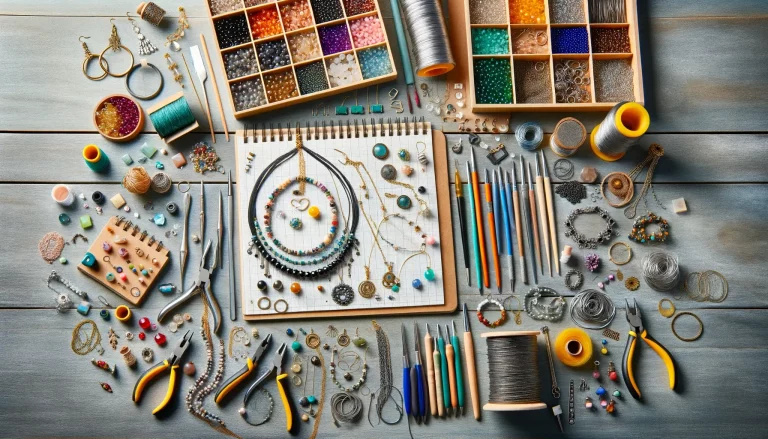Have you ever found yourself wandering through a store or scrolling through online shops, not because you need anything, but simply because it feels good? Welcome to the world of retail therapy, a phenomenon where shopping isn’t just about acquiring new things—it’s about boosting your mood. While critics may dismiss it as frivolous spending, the truth is that the psychological benefits of shopping go deeper than surface-level satisfaction. This post will explore the science behind why shopping can make us feel happier and how to engage in retail therapy responsibly.
The Science of Shopping
Dopamine and Instant Gratification: When we make a purchase, our brain releases dopamine, a neurotransmitter associated with pleasure and reward. This immediate rush is often referred to as a “shopper’s high,” providing a quick mood boost and a sense of gratification.
Sense of Control and Achievement: Choosing to buy something can give a sense of control in a world where we often feel powerless. Each purchase can feel like a small victory, a decision made entirely for one’s self-satisfaction.
Why Retail Therapy Works
Stress Relief: Shopping can serve as a distraction, allowing us to momentarily escape life’s pressures. It’s a way to take a break and focus on something other than our stresses.
Self-expression and Identity: Buying items that reflect personal style or interests helps reinforce our sense of identity. It’s a way to express ourselves and sometimes, to connect with others who share similar tastes.
Practicing Retail Therapy Responsibly
Budget-Friendly Shopping: Set aside a small budget for non-essential items. This allows you to enjoy the benefits of retail therapy without financial stress.
Mindful Purchasing: Before buying, ask yourself if the item truly brings you joy or if you’re seeking a temporary emotional fix. This can help prevent impulse purchases that you might regret later.
Quality Over Quantity: Focus on purchasing fewer items that are more meaningful or of higher quality. These purchases are more likely to provide lasting satisfaction.
Common Criticisms and Counterarguments
Critics argue that retail therapy is a temporary fix, potentially leading to clutter and financial strain. However, when practiced mindfully, retail therapy can be part of a balanced emotional wellness strategy. It’s not about replacing deep emotional work or therapy but adding an additional layer of self-care.
Tips for Mindful Shopping
- Wait it out: Give yourself a cooling-off period before making a purchase to ensure it’s something you really want or need.
- Focus on experiences: Sometimes, the best “purchase” can be investing in experiences that create lasting memories.
- Keep a journal: Tracking your spending and mood can help you understand your shopping habits better and make more mindful decisions.
Conclusion
Retail therapy, when understood and practiced within limits, can be a legitimate tool for mood enhancement. It’s about finding balance—allowing yourself the pleasure of shopping without letting it become a source of stress. By understanding the psychology behind our desire to shop and adopting mindful shopping practices, we can enjoy the benefits of retail therapy in a way that supports our overall well-being and happiness.
Remember, the next time you’re feeling down and contemplating a shopping spree, it’s okay to indulge—just do so with awareness and intention. Retail therapy isn’t about filling a void; it’s about adding a sprinkle of joy to our lives in a measured, thoughtful way.






